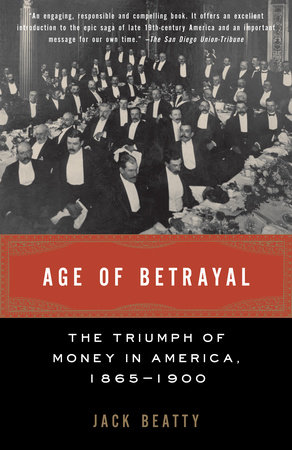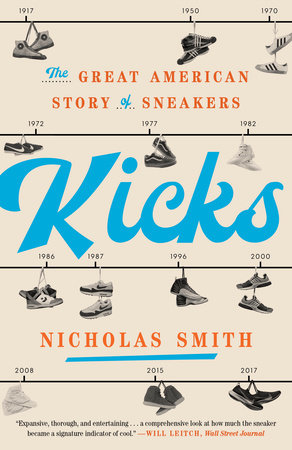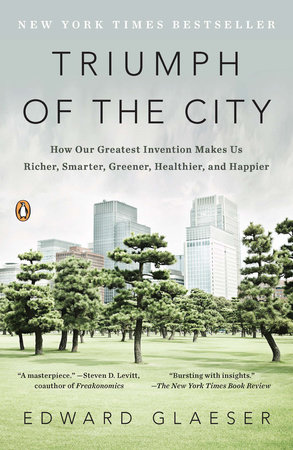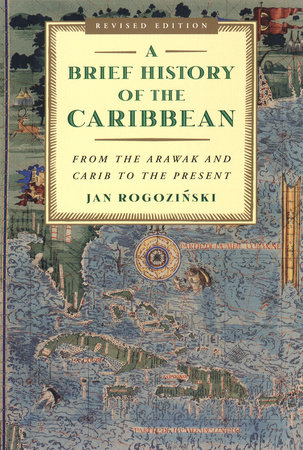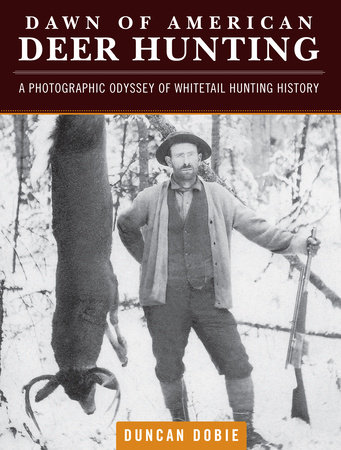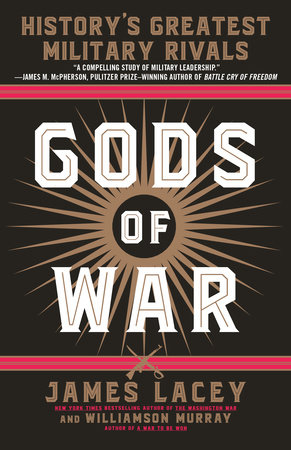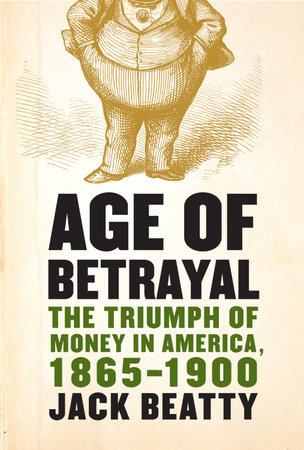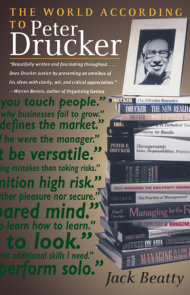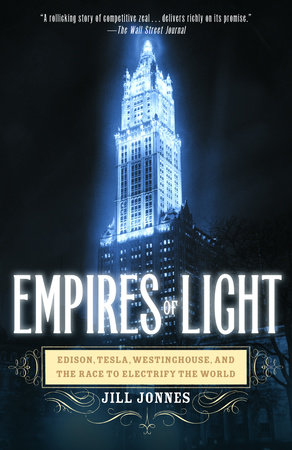Author Q&A
A conversation with
Jack Beatty
Author of
AGE OF BETRAYAL
Q. Are there any common misconceptions about the Gilded Age in America? What most surprised you as you conducted your research for Age of Betrayal?
A. The most common misconception is that the period of rapid industrialization after the Civil War was an era of laissez-faire capitalism. Not so. It was an era of what I call “political capitalism,” when, to quote the Chicago reformer and muckraker Henry D. Lloyd, “Standard Oil did everything to the Pennsylvania legislature, except refine it,” and when through its hireling politicians business used the machinery of government– the state militia, anti-tramp and vagrancy laws, and court-issued injunctions against strikes–to crush labor. As I relate in bloody detail, the United States witnessed the most violent strikes in the industrializing world as a result of what Lloyd called “government by campaign contribution.” Versions of Lloyd’s judgment on Standard Oil–with the Santa Fe, or Illinois Central, or any number of other railroads substituting for it–apply to other state governments and to the federal government.
The protective tariff, as I show in a chapter entitled “Vote Yourself a Tariff,” was political capitalism on steroids. Manufacturers paid the bills of the Republican party, which in the 1896 election campaign amounted to nearly $16 million; in return, GOP politicians raised the tariff for industries already covered and extended tariff protection to new industries. American consumers paid for this largesse in higher prices on common articles from nails to pocket combs. The tariff acted as a tax– but “a very sly one,” as Woodrow Wilson pointed out. People knew when they paid property or excise taxes but “very few of us taste the tariff in our tea.” That’s one reason tariffs enacted as emergency revenue-raisers during the Civil War endured until Wilson’s election in 1912. Another reason was that, behind high tariff walls, America was transformed from an agricultural Arcady into the world’s leading industrial power. Many Americans viewed the tariff in that light; yet others, as the guarantor of high wages against cheap foreign labor. “No American citizen who enjoys the advantages of this country is entitled to cheaper commodities than can be produced by free labor in this country,” Senator William Stewart of Nevada boldly maintained. Advocates of protection argued then and economic historians since that the tariff served the broad national interest even as it enriched industrialists like Andrew Carnegie, the king of protection, and was a fecund source of pay-to-play political corruption.
Q. You introduce a cast of characters in the book, some of whom provide incredible portraits of corruption. Who was the worst?
A. My choice would John C. Fremont, the first presidential nominee–in 1856–of the Republican party. Though he procured a federal land grant for his railroad on Capitol Hill with an $11 million “corruption fund,” Fremont was not, in dollar terms, the worst boodler… Still, his penchant for larceny shocked me. Who knew the Pathfinder was a swindler? I mean he was anti-slavery. Had a heroic reputation as an explorer of the West. Married a daughter of Thomas Hart Benton, the celebrated Jacksonian reformer. Yet in a gamy episode I go over, he sold millions of dollars in fraudulent railroad bonds to French investors dazzled by his political celebrity. He fled Paris just ahead of the gendarmes; and received a five-year sentence in absentia from a French criminal court. Though the public line on him was that he was feckless, an incompetent (“It is rare that national fame ever rested on such insubstantial foundations,” the San Francisco Bulletin commented), Fremont used his reputation as a fool to hide the fact that he was a crook–or rather, a failed crook on account of being a fool.
A serpentine lawyer, John A. C. Gray, threatened to expose Fremont’s assault on France in the U. S. unless Fremont ceded control of his railroad. "Fremont," I write, "only slowly realized that brains were necessary in crime and that Gray had foxed him out of the Memphis and El Paso.” According to his son Frank, “Only the wise counsel of my mother prevented Father from shooting Gray.”
The story of the Texas and Pacific Railroad, the successor to the Memphis and El Paso, is a saga of outrageously candid bribery: Tom Scott, president of both the T&P and the Pennsylvania Railroad engaged in a flagrantly publicized bidding war for congressmen with Collis P. Huntington, of the Central Pacific, who wanted to keep the T& P out of California, where his railroad enjoyed an extortionate monopoly. Of Huntington, a former associate said: “…I never met a man who was so full of selfishness and so devoid of the commonest principles of fairness or integrity as C. P. Huntington. He has never knowingly favored a good man or an honest measure. He is the very essence of …the organization of cruelty, and a complete compiled edition of business falsehood.”
In the Gilded Age’s highest flight of political capitalism, Republican operatives promised Scott a subsidy for the T&P in exchange for securing the votes of southern congressmen to install Rutherford B. Hayes in the White House. Thus the “corrupt bargain” of 1877, which ended Reconstruction in the South, was partly the product of the corruption of politics by business. After Hayes, following through on his side of the bargain, ordered the remaining federal troops in the South to return to their barracks, B. A. Glenn, a black man from Georgia, wrote him: “How could you betray those who almost fought for your election? O shame that we should thus be dealt with!” I took my title and theme from Glenn’s words.
Q. Were there any heroes in this time period?
A. Yes, the freedpeople of the South who, in the face of white terrorism and of betrayal by the national Republican party and the Lincoln-appointed justices of the U. S. Supreme Court still believed in the promise of American democracy–in that sordid age were almost alone in their, tragically-misplaced, idealism They bled for the right to vote, seeking to give moral meaning to the Civil War, to cleanse the mephitic air of American history.
In two sorrowing chapters, “The Inverted Constitution” and “The Scandal of Santa Clara,” I tell the appalling and largely forgotten story of how the 14th Amendment, passed to protect the rights of the 3.5 million freed-people, became instead the constitutional bulwark of the rights of business corporations. “{O}f the cases in this Court in which the Fourteenth Amendment was applied during the first fifty years after its adoption,” Justice Hugo Black wrote in 1938, “less than one-half of one percent invoked it in protection of the Negro race, and more than fifty percent asked that its benefits be extended to corporations.”
Workers who struck railroads they knew would blacklist them from the industry in retaliation–they were moral heroes. They struck against the satanic principle that it was acceptable to pay starvation wages if that is what the market dictated–that you could do anything you want to human beings so long as you did it through the market. The railroad men who took part in the Great Railroad Strike of 1877–the subject of my chapter, “Bread or Blood”–stood up for a world more attractive they would not live to see. The unskilled steelworkers at Andrew Carnegie’s Homestead Mills who walked off their jobs when Carnegie locked-out skilled unionized workers at the mill–they were moral heroes. They acted in solidarity with their fellow workers, honoring a principle above self-interest in an age of tumescent personal greed epitomized in Carnegie. The “arch-sneak and hypocrite of the age,” according to one GOP Congressman, Carnegie posed as labor’s friend, praising unions in print while breaking them at his mills. Carnegie hired Pinkertons to shoot his striking workers, then lied about it, blaming “Bloody Homestead” on his partner, Henry Clay Frick.
The dirt farmers in Texas, Kansas, and throughout the South who led the Populist Revolt of the 90’s were heroes. They refused to bow to “the money power” and rejected its parties, transforming the Farmers’ Alliance, the largest democratic mass-movement in American history, into an insurgent third party–the People’s Party, which offered the one genuine hope for reform in the Gilded Age. The Populists invented a language of democratic radicalism that could not be more relevant today. “Money controls our legislation, its colors our judicial institutions, it manipulates parties, it controls policies”–William A. Peffer, the Populist senator from Kansas, could be talking about public life in what the Economist recently labeled “the new Gilded Age.”
Finally, and to their everlasting credit, southern Populists tried to transcend the givens of time and place and conditioning to reach out to the poor black farmer. "They could not escape history, yet they tried, “I write in the last lines of my chapter on Populism, "The Politics of the Future.” “Maybe Tom Watson contrived Revered Doyle’s peril {Watson was a Georgia Populist congressman who claimed a lynch mob was coming after a black ally of his, and called on his white followers for help. In their hundreds they answered his call.} But the white farmers rubbing sleep from their eyes, collecting their rifles, saddling their horses, hitching their teams, and riding through the Georgia night to protect a black comrade from lynching and maybe die doing it–that was real, that was the best of Populism. In all these bitter years you will find nothing so moving.”
Q. It’s easy to read about the Gilded Age and feel shocked by the cruelty and suffering imposed on the common man. At the time, how much did the everyday worker understand that his government was being controlled by the interests of the wealthy?
A. It’s hard to say. The inarticulate neither wrote many letters nor left memoirs. But to judge by the number of strikes–between 1881 and 1900, 1, 253,685 men, women, and children went on strike in Pennsylvania alone!–and the number of times the strikes were put down violently by the National Guard or the U. S. Army on behalf of corporations, everyday workers knew the government wasn’t on their side.
So how did the parties get their votes? Through the “politics of distraction.” The politicians worked the wires of sectional/cultural issues derived from the Civil War. Remember, the US in these years was “two nations united by force of arms,” to quote one scholar of the period. In “Bloody-Shirt” campaigns, Northern workers were urged to “vote as you shot” against the rebel-dominated southern Democracy. The specter of a return of “Negro domination”–Reconstruction–kept poor white farmers in the South from voting Republican or for third parties.
Also, voters were resigned–Lord Bryce, the Tocqueville of the Gilded Age, spoke of the “fatalism of the multitude”–and cynical. Forgetting the political idealism of the 1860’s, they tended to accept the corrupt terms of Gilded Age politics as the only terms possible (yet, in a paradox I try to explain, as many as nine in ten eligible voters in some states went to the polls). As I write: “The publicity given corruption broadcast the death of hope. Nothing could be done with the unregenerate parties and nothing could be done outside them.”
Q. Railroads changed the economic landscape of America and the world almost overnight. Do you see a similarity today as technology allows for instant, global connection and communication?
A. Nothing today, economic historians argue, compares to the existential difference the railroad made in American lives. The railroad, in a phrase of the day, “annihilated American space.” In 1841 it took four days for goods shipped from Concord, New Hampshire to reach Boston, sixty miles away. In 1842, via the just-opened Boston and Lowell Railroad, it took four hours. That was vertiginous change, one captured in phrases like “on time,” “on the tick,” and “on the clocker.” By the 1880’s the necessity of living by railway timetables were largely blamed for a new medical condition–“neurasthenia” or “lack of nerve power.” Today, wrote George Beard, the doctor who introduced the term, “a nervous man cannot take out his watch and look at it when the time for an appointment or train is near without affecting his pulse.” Neurasthenia was no laughing matter to American men: its symptoms included incontinence and impotence.
The railroad transformed American space into an economic geography. “The western and middle western parts of the U. S. were, economically speaking, created by the railroad,” the economist Joseph Schumpeter wrote, a process I document in my chapter on the colonization of Illinois by the Illinois Central Railroad and the rise of Chicago, the “Rome of the Railroads,” from a settlement of two (white) families in 1822 to a metropolis of 2.5 million in 1900. The railroad age brought instant communications: telegraph lines ran along the railroad tracks.
Today’s changes in transportation and communications are changes in degree. The railroad was a change in kind. “There have been two great dispensations of civilization, the Greek and the Christian and now comes the railroad,” a man of the 1850’s wrote as not even George Gilder, the techno-panegyrist, would today.
Q. What parallels do you see between the Gilded Age and our current time?
A. Parallels? Let us count the ways.
First, the grip of organized money on politics and policy. When Mark Hanna, William McKinley’s Karl Rove, darkly remarked, “All questions in a democracy are questions of money,” he had our number: 2008 will see the first billion-dollar presidential campaign.
Next, money’s centrality in electioneering promotes what a 2004 report for the American Political Science Association, “American Democracy in an Age of Rising Inequality,” calls “inequalities in political voice.” Campaign contributions enable access to politicians, access leads to voice, voice to policy–to tax breaks, subsidies, “earmarks,” regulatory relief, and the power to set the agenda. Meanwhile, the voice of Americans who “sweep floors, clean bedpans, or collect garbage” goes unheard.
This reinforces the second most salient parallel between our Gilded Ages–democratically-toxic inequalities in incomes and life-chances between the rich and the rest. In Gilded Age One, a survey of the 1890 census found, 4,047 families possessed as much wealth as 11,593,887 families. In Gilded Age Two, according to a recent article in the New York Times, the 300,000 richest Americans “collectively enjoyed almost as much income as the bottom 150 million Americans.”
Inequalities in political voice augment this economic inequality–and stymie efforts to ameliorate it. The veto power the rich exercised over politics in Gilded Age One blocked the adoption of income taxes. Government relied instead on regressive taxes on property, on drink and on tobacco–as well as the sly tariff tax. In Gilded Age Two a handful of rich heirs have made elimination of the “death tax” a popular Republican cause while raising the income “cap” on the payroll tax to restore solvency to Social Security. The movement faces a presidential veto should it get through a Republican-led filibuster on the Senate floor. “Our government is becoming less democratic, responsive mainly to the privileged and not a powerful instrument to correct disadvantages or to look out for the majority.” To that sentence in the 2004 APSA report, James B. Weaver, the first and only presidential candidate of the “People’s Party”–the Populists–would shout Amen. “Public sentiment is not observed,” he declared in 1892. “The wealthy and powerful gain a ready hearing, but the plodding, suffering. unorganized complaining multitude are spurned and derided.”
One difference between the Gilded Ages: inequality then conformed to the pattern of the unequal past. Inequality today follows decades of broadly-based prosperity and narrowing inequality, the fruit of the egalitarian policies introduced by the New Deal. Between 1950 and 1970, for every additional dollar earned by the bottom 90% the top .01% earned $162; today they earn $18,000. Today the top 1% recieve a larger share of the national income than at any time since 1928–before the New Deal. Our ancestors lived before equality; they could not imagine a fairer future. We live after equality; we have forgotten a fairer past.
A hard-to-document parallel is a loosening of the restraint of shame then and now. In Gilded Age One the Chicago Tribune ran weekly summaries of duels, yet money-honor was everywhere honored in the breach. For over twenty years Herman Melville worked as a Customs Inspector on the Hudson River piers for $4.00 a day (kicking back 4% of that to the state and national Republican parties); he maintained his self-respect against the staining presumption of the age that everyone was on the take, his brother-in-law recalled, by “quietly returning money which had been thrust into his pocket behind his back.” That was rare. When public codes of decency collapse, people who act honorably come to feel like suckers. That happened then and happens now as the papers bring news of the self-dealing CEO du jour and the latest sell-out of the public to the private interest by government officials.
There is an exhaustion of indignation in both eras, a moral numbing, a sinking of expectations. That the crapulent outpatient building for wounded veterans at Walter Reed was run by a private contractor led by a former Halliburton executive should have led to calls for Bush and Cheney to be impeached for failing their oaths to see that “the laws are faithfully executed.” Yet that scandal came on the heels of so many others that indignation flashed and quickly faded. Who expects better of public life–of public men and women–today?
We in Gilded Age Two are in a position to understand Gilded Age One: We know what it’s like to raise children in a society without ideals.
Q: How do today’s CEOs compare? Is there a 21st Century Jay Gould?
A: A twenty-first century Jay Gould? Our corporate CEO’s are not in Gould’s league: financial scoundrel that he was, he created not just financial but a modicum of social value: The railroads he ruthlessly reorganized ran on time and the efficiencies gained he passed along to shippers in reasonable rates. Along with Carnegie, Rockefeller, and the other wrongly-labeled "robber barons," he was a creative entrepreneur. These men garnered huge rewards because, like Warren Buffet and Bill Gates, they succeeded on a colossal scale. Today’s CEO’s who loot their stockholder’s for fortunes whether they succeed or fail are the real robber barons.
